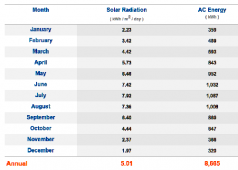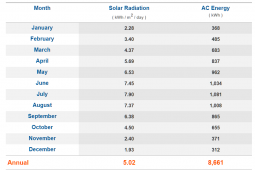rancher1913
New Member
- Joined
- Jul 31, 2022
- Messages
- 22
i have good sun exposure and saw a panel set up an a berm that curved with the panels facing out of the curve, i assume one side gets early sun and the other side gets late sun with the whole thing getting some sun at noonish. I was thinking to do kind of opposite and have 2 arrays in a v formation so one half gets good early sun and the other side gets good afternoon sun and at noon the whole thing would get some sun. was thinking I could over panel a little and get more usable power for more of the day. anybody been down this road and did it work or are you better just doing a straight set up. basically this would sort of act as like a tracker





